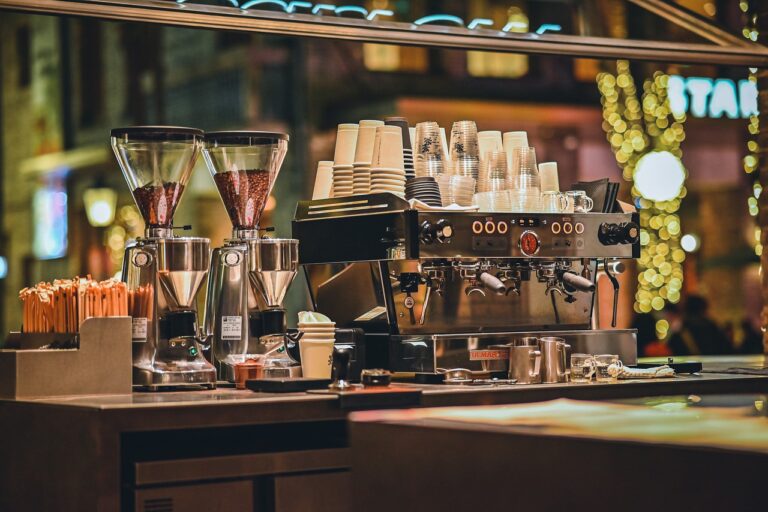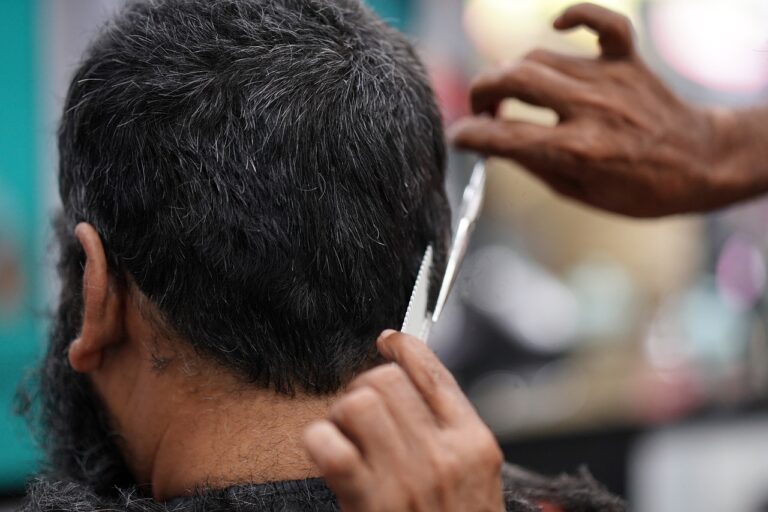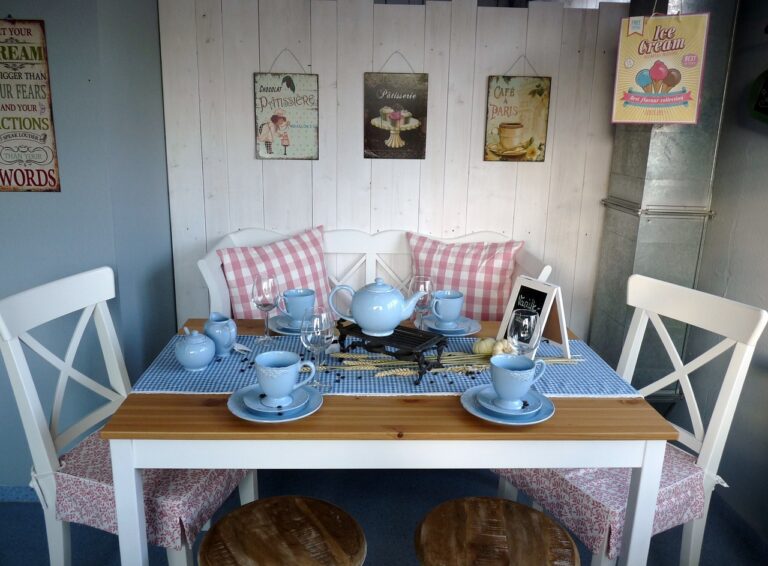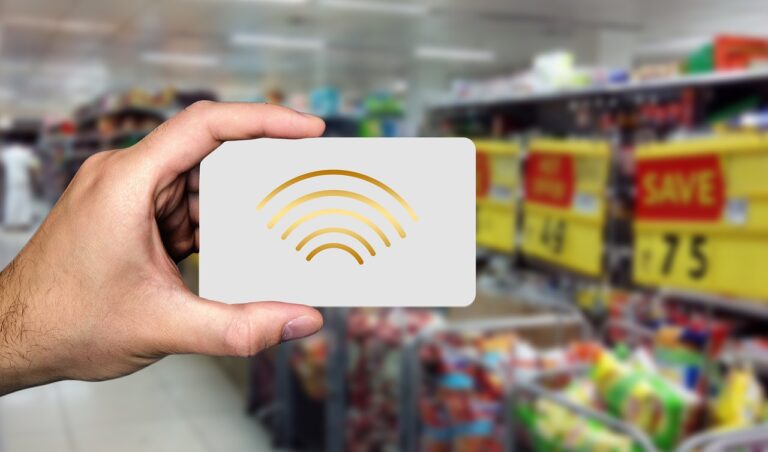The Psychology of Impulse Purchases: Understanding the Urge to Buy
Impulse purchases are often influenced by various external factors that play a significant role in consumer decision-making. One of the key factors is the presence of limited-time offers or flash sales that create a sense of urgency and FOMO (fear of missing out) among shoppers. These time-sensitive promotions capitalize on consumers’ emotions and drive them to make spontaneous purchases without much deliberation.
Moreover, the visual merchandising of products in-store or online can also impact impulse buying. Eye-catching displays, product placements at key locations, and attractive packaging can grab the attention of consumers and prompt them to buy on a whim. The aesthetics and presentation of a product can evoke desire and trigger impulsive behavior, leading to unplanned purchases that contribute to the overall sales volume.
• Limited-time offers and flash sales create a sense of urgency
• FOMO (fear of missing out) plays a role in impulse purchases
• Visual merchandising influences impulse buying behavior
• Eye-catching displays and attractive packaging can prompt spontaneous purchases
Emotional triggers in impulse buying
Emotional triggers play a crucial role in driving impulse purchases. When consumers experience strong emotions, such as excitement or desire, they are more likely to make impulsive buying decisions. These emotions can be heightened by various factors, including attractive product displays, limited-time offers, and persuasive advertisements.
One common emotional trigger in impulse buying is the fear of missing out (FOMO). Consumers may feel compelled to purchase a product or service when they believe it is in high demand or when they perceive it as exclusive or rare. This fear of missing out can lead to impulsive decision-making, as individuals seek to avoid the regret of not taking advantage of a perceived opportunity.
The role of marketing strategies in encouraging impulse purchases
One of the key aspects in stimulating impulse purchases is the strategic use of marketing tactics. Companies often employ persuasive techniques such as limited-time offers, discounts, and captivating visuals to appeal to consumers’ emotions and prompt impulsive buying behavior. By creating a sense of urgency or excitement around a product or service, marketers aim to influence consumers to make spontaneous decisions.
Moreover, the strategic placement of products in high-traffic areas in stores or online platforms can also significantly impact impulse purchases. When items are strategically positioned at check-out counters or highlighted in prominent sections of a website, consumers are more likely to notice them and feel compelled to make quick purchases. This strategic approach plays a crucial role in driving sales and maximizing the impact of marketing efforts on impulsive buying tendencies.
What are some common factors that influence impulse purchases?
Some common factors that influence impulse purchases include limited time offers, attractive packaging, product placement, and persuasive advertising.
How do emotional triggers play a role in impulse buying?
Emotional triggers such as fear of missing out, excitement, nostalgia, and instant gratification can play a significant role in encouraging impulse buying.
How can marketing strategies help in encouraging impulse purchases?
Marketing strategies such as creating a sense of urgency, offering limited-time discounts, using eye-catching visuals, and strategically placing products can help in encouraging impulse purchases.







